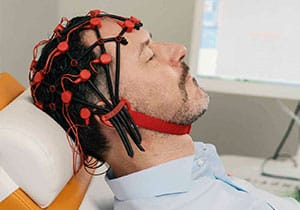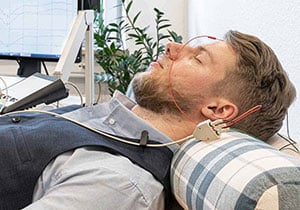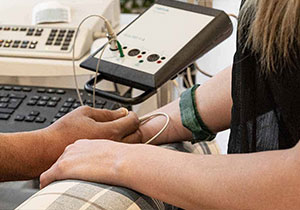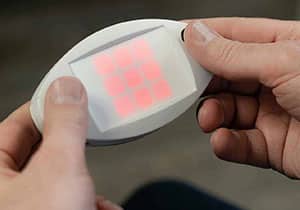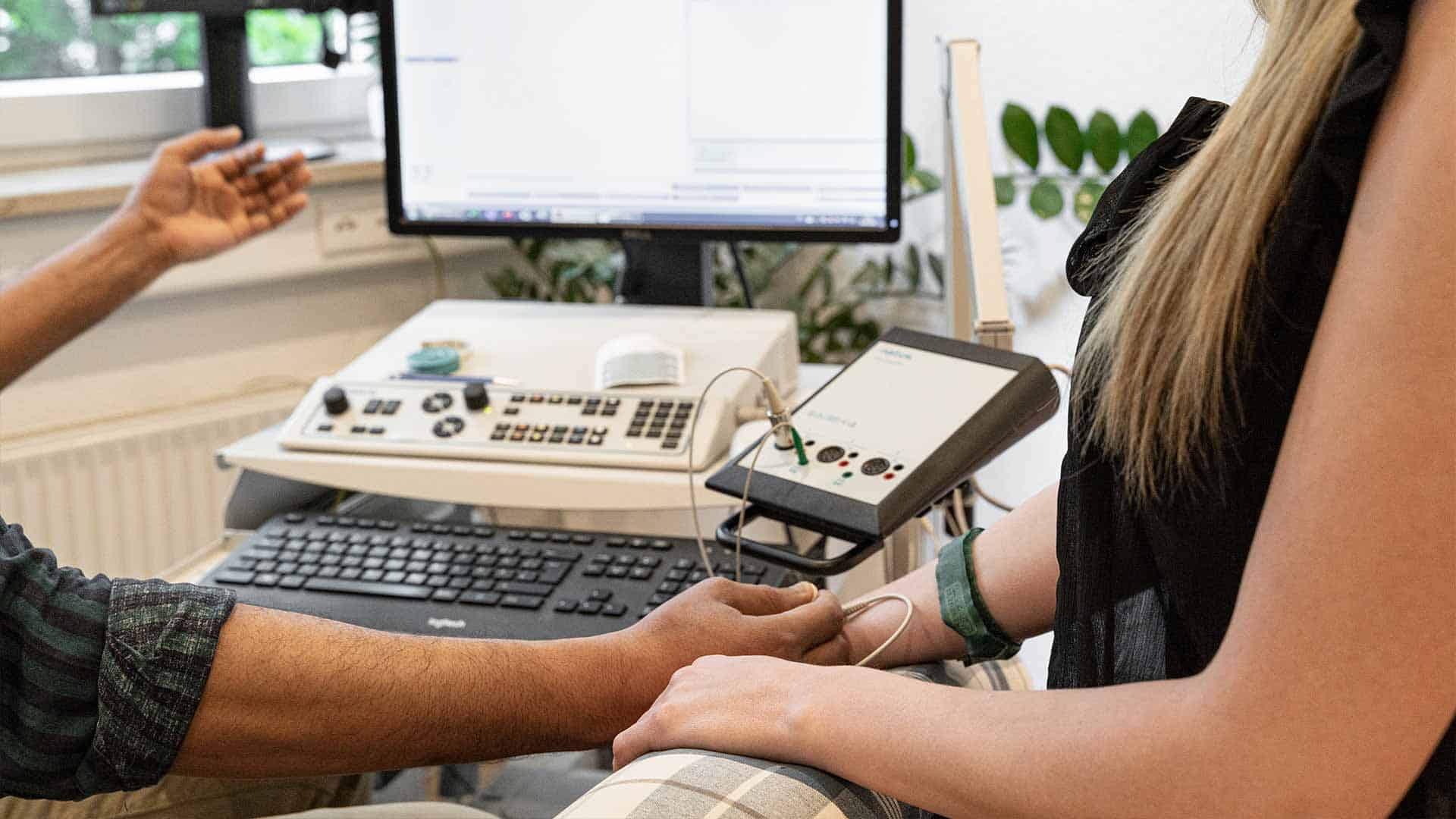
Nerve Conduction Velocity (NCV)
In an NLG, electrodes and electrical stimuli are used to measure the conduction speed of the nerves. In addition to the general conductivity, the speed and the existence of blockages are also checked.
What does nerve conduction velocity (NCV) mean?
When measuring nerve conduction velocity, motor nerves (responsible for body movement) and sensory nerves (responsible for conducting sensation) on the arms and legs are stimulated with electricity. In sensitive nerve conduction velocity measurement, electrical stimuli are applied to the nerve, passed on by it and measured again via the nerve at another location. NLG can be used, for example, to localize pressure damage to nerves or polyneuropathies (a disease affecting several nerves).
Procedure of the examination
First, electrodes are attached to the end points of the nerves. Your nerve is then stimulated with an electrical stimulus and the speed of stimulus transmission is measured by a computer. Based on the measurement, the treating neurologist can assess the type and extent of the nerve damage.

